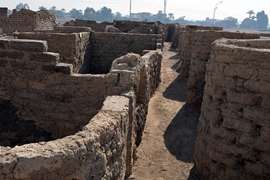
Zahi Hawass, the former secretary general of the Supreme Council of Antiquities of Egypt, and now just a world-famous historian and archaeologist, reported a sensational find. The expedition, which he led, dug up to the ruins of the largest city in ancient Egypt, founded by Pharaoh Amenhotep III – the grandfather of the legendary Tutankhamun. The grandfather ruled the country from 1391 to 1353 BC.
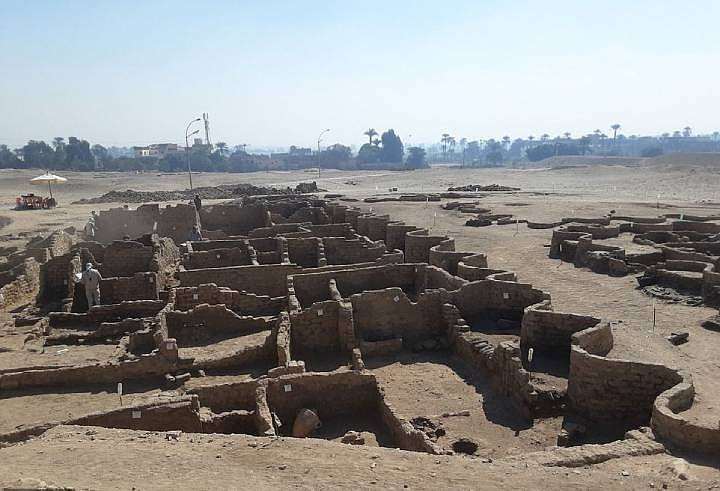
The “Golden City”, which the ancient Egyptians themselves called the Rise of Aton, was once located somewhere in the Luxor region. But it was hidden by the sands. And I got lost. It could not be found for a long time, until in 2020 Egyptian archaeologists began excavations in the area where, as they thought, the burial temple of Tutankhamun should be located. Instead of a temple from under the sand, streets and buildings made of adobe bricks appeared, on which the seals of Amenhotep III could be discerned. Some of the walls were up to 3 meters high.
The “Golden City”, estimated to be 3,500 years old by archaeologists, was located on the western bank of Luxor, stretching further west to Deir el Medina, a settlement of artisans who erected tombs in the Valley of the Kings, and was the largest metropolis of the era of the Egyptian Empire.
Archaeologists discovered in the city administrative and industrial buildings, bakeries, kitchens-canteens, in which it was possible to cook food for several dozen people, butcher shops and residential buildings with utensils and tools thrown as if in a hurry.

Scientists were impressed by a kind of ancient Egyptian jar with canned food – a vessel with an inscription, from which it followed that either dried or stewed meat was stored inside. Puzzled by the skeleton of a cow, found in one of the rooms of a residential building – they say, where did it come from? And he puzzled the skeleton of a man found in another house, whose legs were tied with a rope.
Egyptologists agree with the opinion expressed by Betsy Brian, Professor of Egyptology at John Hopkins University in Baltimore USA. She is quoted by the Daily Mail: “The discovery of this lost city is the second most important archaeological discovery after the tomb of Tutankhamun.”

Continuing the excavations, which are still far from complete, archaeologists would like to understand why the inhabitants and rulers hastily left the thriving city. Scientists have long been puzzled by the mysterious act of Tutankhamun's parents, Akhenaten and Nefertiti, who hastily moved from the Rise of Aton to Amarna, a settlement on the eastern bank of the Nile, from which residents soon left. They left immediately after Akhenaten died. Professor Brian calls this riddle one of the greatest in history.
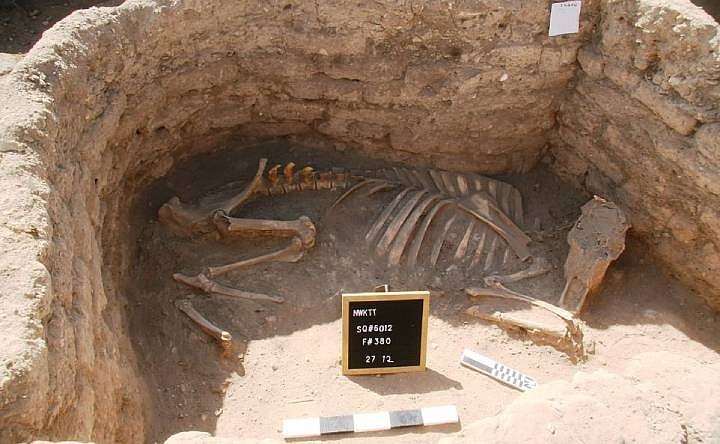
In short, there are secrets in the “Lost City of Gold” that have yet to be revealed.
AT THIS TIME
Hello dad!
With a digitized model of Akhenaten's skull, whose mummy was found in 1907 in tomb KV 55, Italian specialists from the Forensic Anthropology, Paleopathology, Bioarcheology Research Center – FAPAB in Sicily reconstructed the pharaoh's face. Recreated, again digitally modeling the location of the ligaments and muscles in accordance with the rules of anatomy.
Large-scale genetic analyzes, which at one time organized by Egyptian scientists, demonstrated: Akhenaten, aka Amenhotep IV, was the son of Amenhotep III – the founder of the “Golden City” and the father of Tutankhamun.
Experts from FAPAB consider their reconstruction the most accurate.
About how Akhenaten was previously portrayed, whom ufologists considered an alien, and what his son actually looked like, read “10 secrets of Tutankhamun”
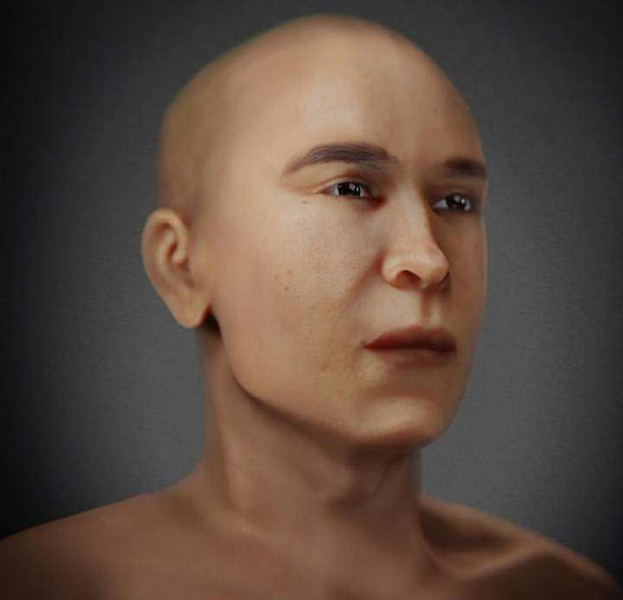
Perhaps, in the “Golden City”, which has risen from nothingness and sand, there will also be ancient tombs and mummies, the study of which will help to reveal another mystery. German scientists from the Max Planck Institute for the Science of Human History and the University of Tuebingen encountered it 4 years ago. They partially reconstructed the genome of 90 Egyptian mummies ranging in age from 3,500 to 1,500 years. Analyzed it. And they came to the conclusion: the ancient Egyptians were not Africans. Some were Turks, others were from southern Europe and from places where Israel, Jordan, Syria, Lebanon, Georgia and Abkhazia are now. And Tutankhamun himself turned out to be a genetic European, whose “descendants” now live in Great Britain, Spain and France, and whose ancestors lived in the Caucasus. What kind of miracles?
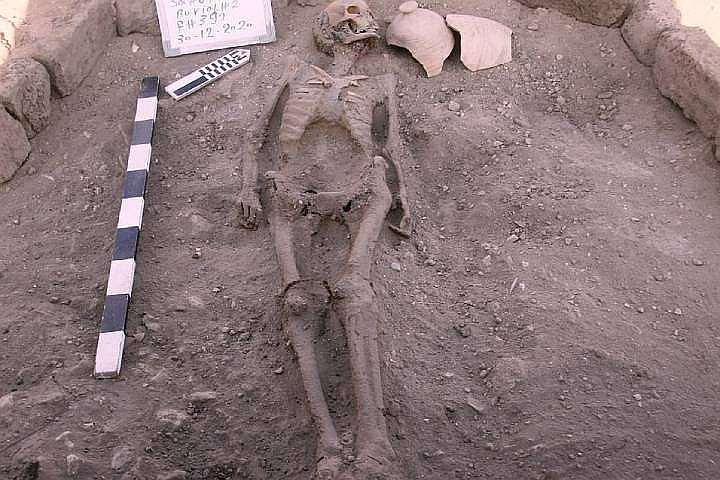
More and further in our material DNA analysis of almost a hundred Egyptian mummies shocked scientists

